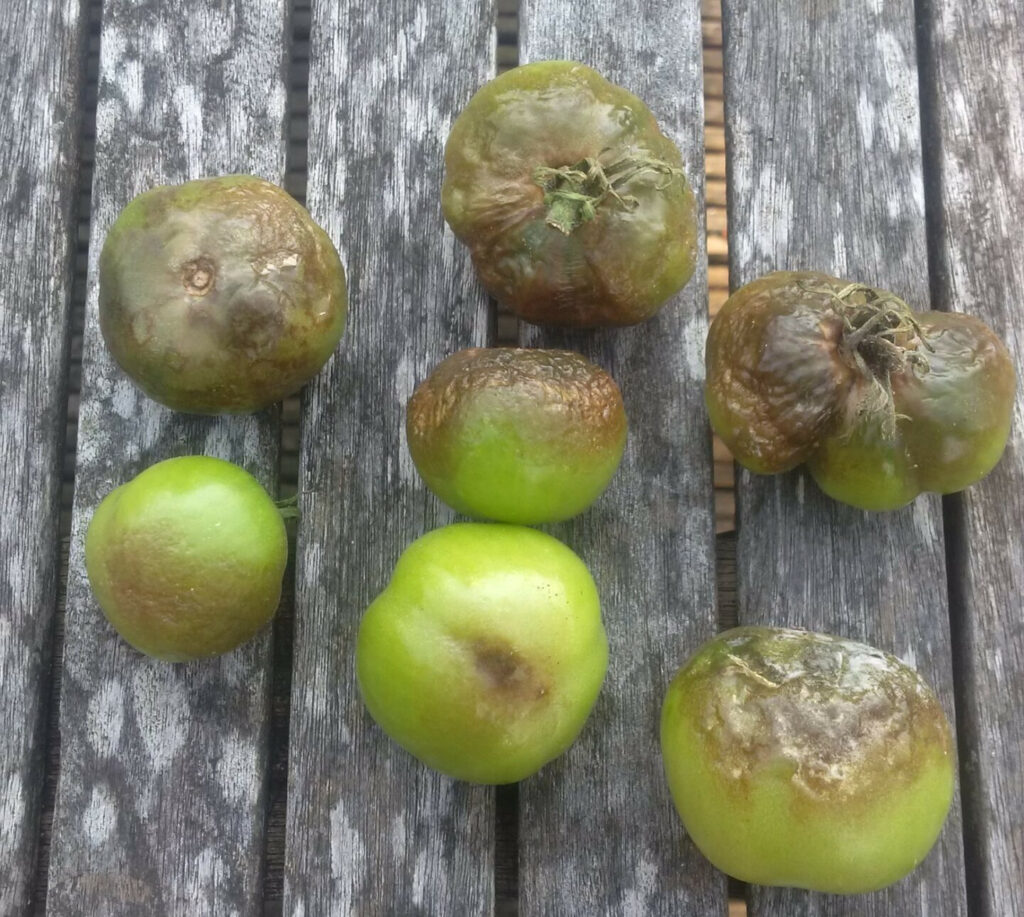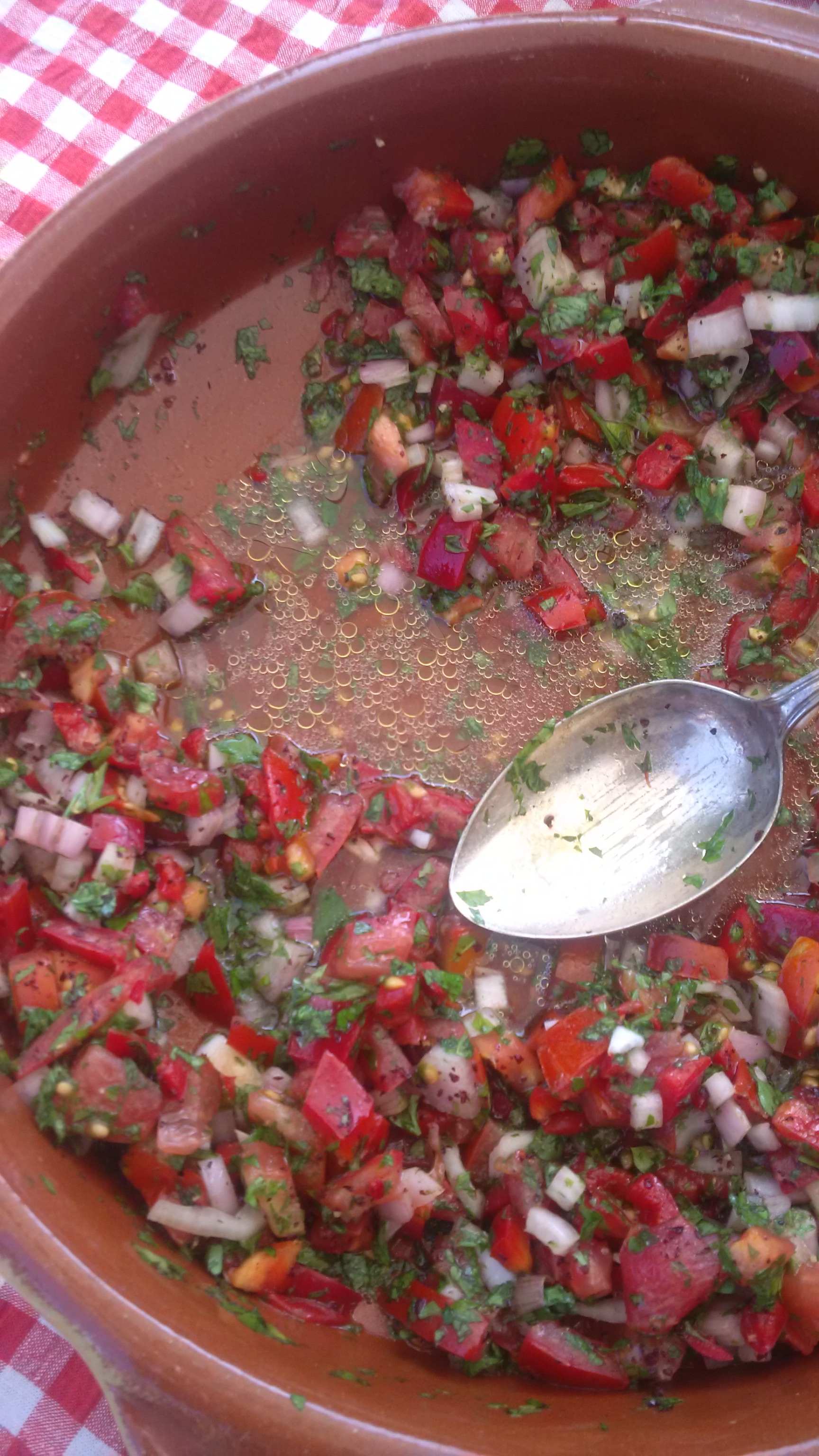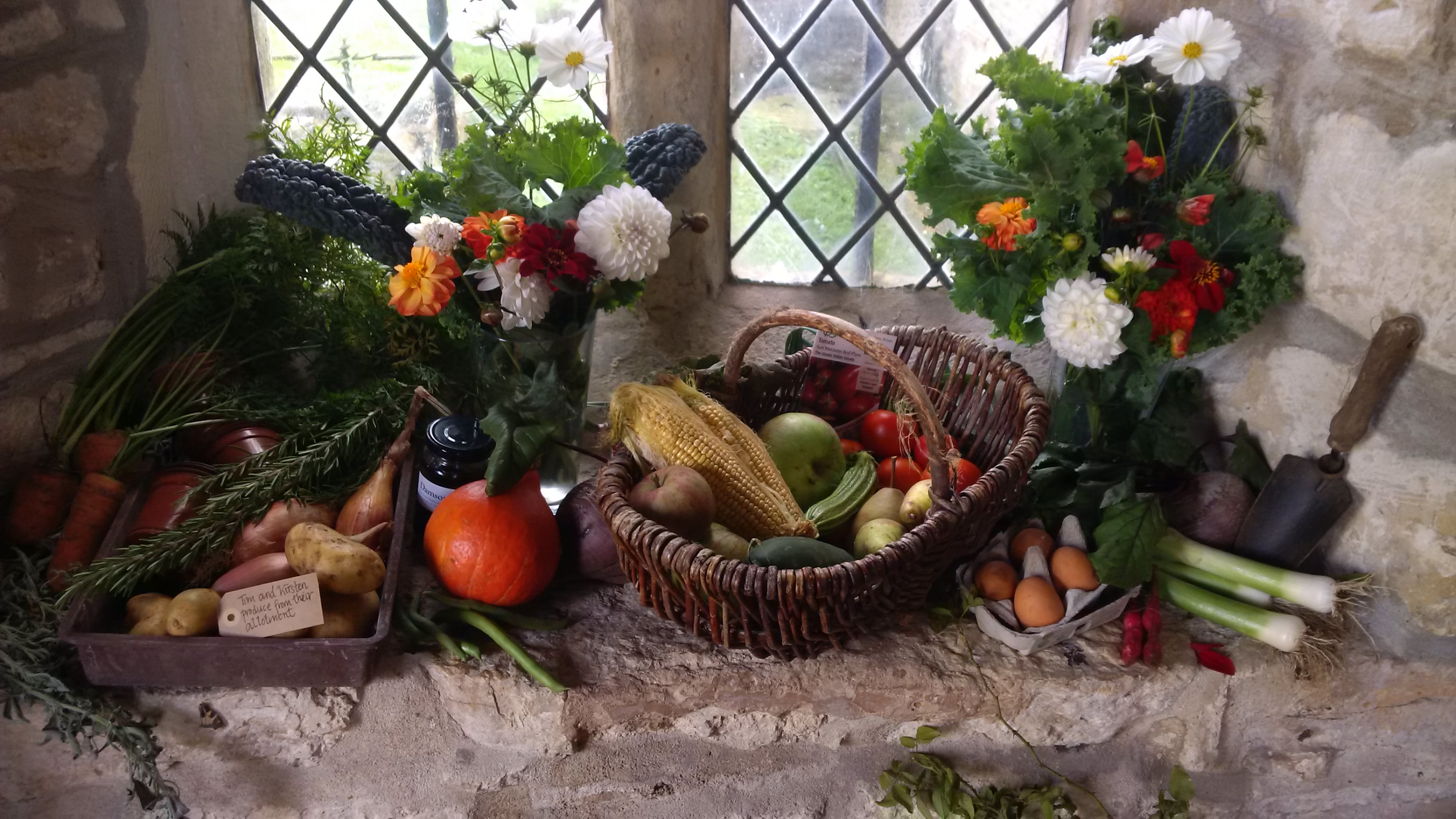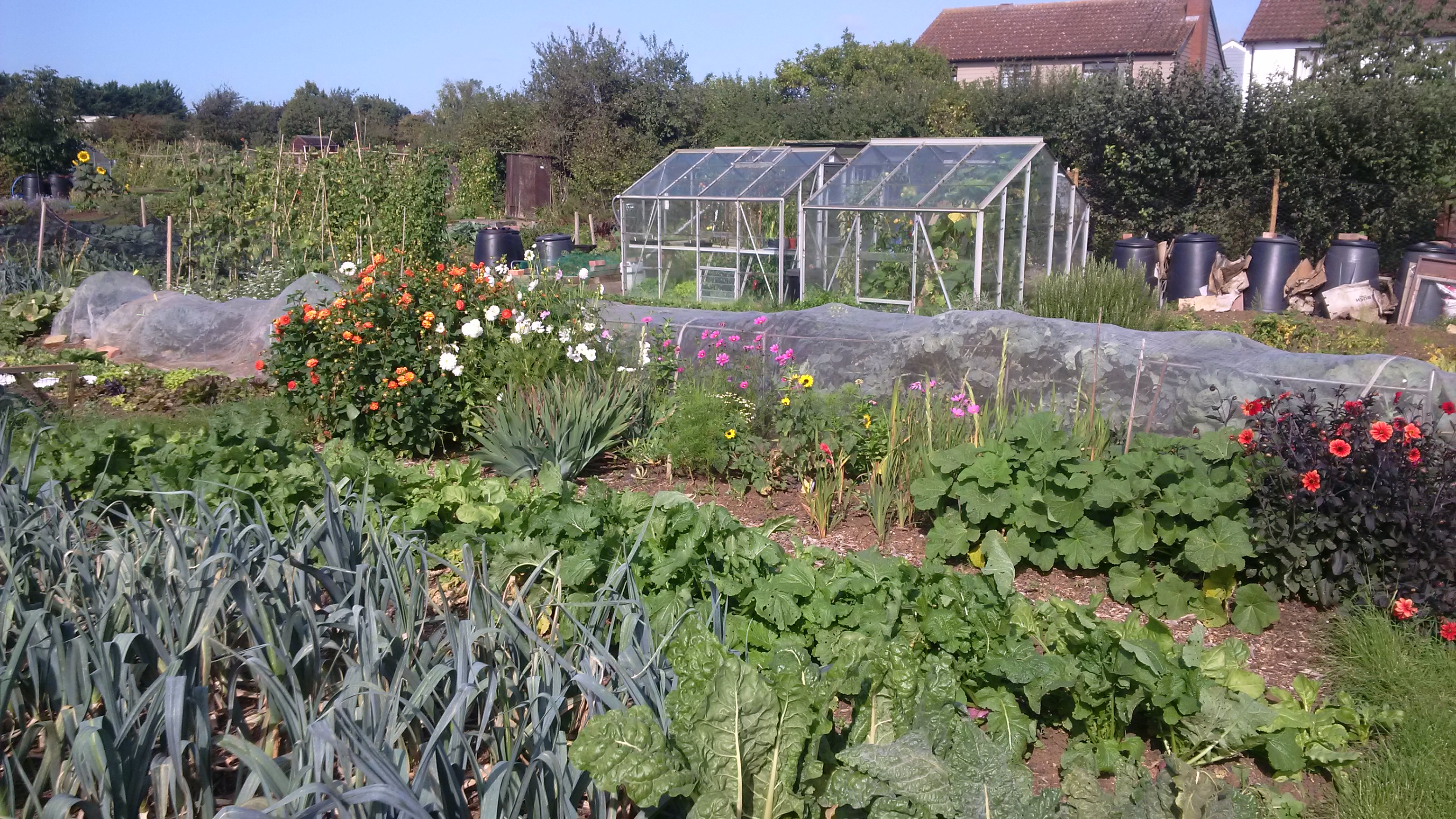The Potato Famine occurred in Ireland in the years between 1845 and 1849 when the potato crop failed in successive years. The Irish famine was the worst to occur in Europe in the 19th century and the crop failures were caused by late blight, a disease that destroys both the leaves and the edible roots, or tubers, of the potato plant. The cause of this blight is a fungus Phytophthora infestans. The fungus spreads rapidly, rotting the leaves which collapse and turn brown. Lesions develop on the stems and if unchecked it will affect the tubers. Tomatoes – a close relative of the potato – are affected in the same way and the fruit will develop brown patches and turn rotten. It is a common problem in warm wet weather and most allotment gardeners will have experienced it. However P. infestans survives poorly in nature apart from on its plant hosts. Under most conditions, it can survive for only brief periods in plant debris or soil, and is generally killed off during frosts or very warm weather.

The rain we had at the end of August seems to have helped the fungus spread and I have lost some of the outdoor tomatoes this week and one plant in the greenhouse is also affected. Prevention is better than cure and various factors can help; crop rotation; good air flow around the plants; being careful not to wet the leaves when watering tomatoes – as well as a little luck with the weather! Affected fruit is being removed as soon as signs of blight are seen as this will slow the spread but will not stop it altogether. You can spray of course but there is evidence to show that resistance builds up to certain fungicides and it is better to isolate affected stems, leaves and fruit in bags and bury them deeply when the season is over. Affected fruit can be used if the brown patches are cut out – hence the enthusiasm for green tomato chutney among allotment gardeners!
The long red peppers in the same greenhouse have done really well this year. The variety I grew is ‘Marconi’. You don’t get a large number of peppers to a plant but the flavour is so much better than shop bought peppers that they are worth the space. These, together with the ripe tomatoes, recently harvested shallots and loads of fresh parsley I made the delicious Turkish ‘Ezme’ salad earlier this week from the ‘Persiana’ cookbook by Sabrina Ghayour.


Ezme
Ezme is a wonderful Turkish dish made with the ripest of tomatoes, which give it a deep, sweet flavour to contrast with the fiery kick of chillies and the acidity given to the dish by vinegar and pomegranate molasses. Everyone seems to have their own recipe — some are spicier or less acidic than others, but this is my favourite version to eat with Cacik and bread. It is a staple when eating Turkish food.
- 4 ripe tomatoes, finely chopped
- 1 onion, very finely chopped
- 1 red pepper, cored, de-seeded and very finely chopped
- 1 green pepper, cored, de-seeded and very finely chopped
- 2 red chillis, de-seeded and finely chopped
- 1 x 20g packet of flat leaf parsley, leaves picked and finely chopped
- 2 tsp sumac, plus extra to garnish
- 1 tsp pomegranate molasses
- 2 tsp red wine vinegar
- 4 tbsp extra virgin olive oil,
- plus extra for drizzling
- 1 tsp crushed sea salt
- freshly ground black pepper
In all truthfulness, you could simply put all the ingredients into a food processor and blitz the whole lot together with great ease. If you do this, then start with the onion first and put in the tomatoes last but, whatever you do, pulse them — don’t blitz them to a purée or you will end up with a soup! And if you choose this method, add the dressing components after the vegetables are finely chopped.
To do things the old-fashioned and authentic way, chop the tomatoes, onion, peppers, chillies (if using) and parsley by hand, then put them into a large bowl. Add the sumac, pomegranate molasses, vinegar, olive oil, sea salt and black pepper to taste before giving everything a stir. Cover with clingfilm and put it in the refrigerator for 15 minutes to allow the dressing to macerate the vegetables.
Once ready to serve, arrange on a flat plate and flatten with a fork, drizzle with a little extra virgin olive oil and sprinkle with a couple of pinches of sumac.
At this time of year our thoughts would naturally turn to the harvest festival and although things are very different this year, it doesn’t prevent us from giving thanks for God’s provision for us; the fruitfulness of the earth and committing ourselves to be even better stewards of the land we have been trusted with for a while. We were delighted to be able to make a display of produce from the allotment in the church porch this week to celebrate the harvest.

And finally a photo of our two allotments in September. All systems go! Leeks maturing in the foreground with a line of turnips and spinach beyond, with Kirsten’s cut flower bed and the netted brassicas before the greenhouses with cucumbers and tomatoes in full production still. Things change quickly at this time of year though and despite this week’s lovely sunshine, autumn isn’t that far away.
